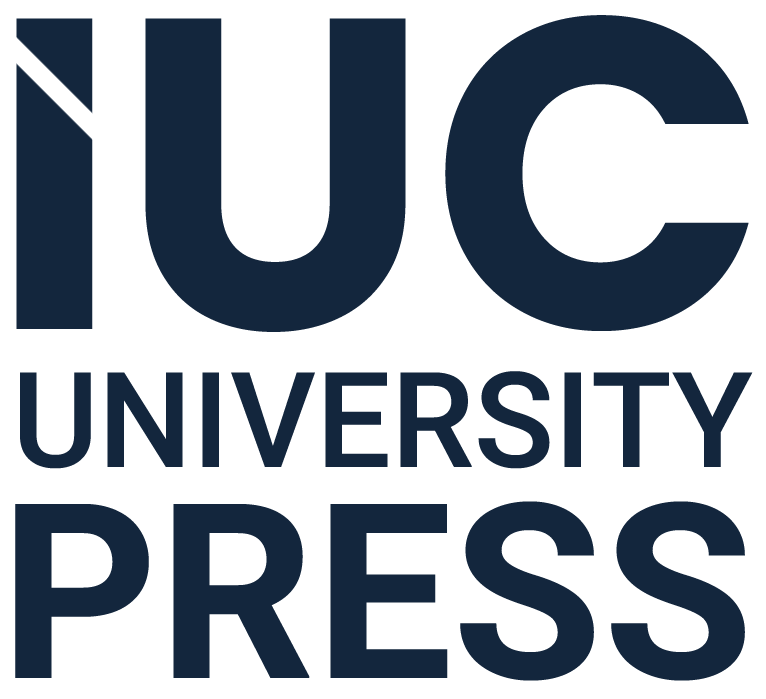Quality Assurance Techniques for Industrial Applications 2023
One of the most effective tools for securing the future of businesses is to deeply understand the living environment, along with the opportunities and threats it presents, and to anticipate possible changes by implementing necessary preventive activities. Especially in recent years, extraordinary developments in the business world, communication tools, and information technologies have forced businesses to depart from traditional living environments. Today's businesses must operate in increasingly competitive environments where risks and opportunities are seen together, and competition rapidly evolves from local and regional levels to national and even international levels.
On the other hand, the rapid growth and awareness of the consumer base, coupled with the diversification, personalization, and sometimes uniqueness of needs, also create new opportunities. In this environment of opportunities and risks, businesses aspiring to sustain their existence as future enterprises must better understand, anticipate, and meet consumer needs. In this regard, one of the most important tools in the hands of businesses is the concept and practices of quality. This reality has changed the classical perspective on the concept of quality today, leading to the rapid implementation of quality assurance and total quality concepts.
The success of businesses in securing their future by continuing their efforts successfully depends on internalizing fundamental concepts and developments related to quality and applying them effectively. To be part of the more efficient green industry, it is also an inevitable necessity to closely monitor and synthesize changing understandings, regulations, concepts, and practices worldwide. In summary, alongside effectively managing their own processes, businesses must also evaluate the changes in processes such as digitization, social responsibility, and globalization, which affect their lives, by understanding them correctly and continuing their lives securely using quality tools.
This book consists of seven main sections. Following the Introduction Section, the first chapter explains the basic concepts of quality. The second chapter focuses on fundamental concepts related to quality assurance. In the third chapter, statistical quality planning and control are addressed, and the topic is examined with sample applications. The fourth chapter covers the certification subject, which has been one of the significant endeavors of businesses in recent years. In the fifth chapter, problem identification and resolution techniques related to quality assurance are briefly introduced. The sixth chapter is dedicated to the fundamental concepts of total quality management. Thus, with this work, an attempt has been made to present technological developments, concepts, understanding, and techniques in a cohesive manner.
I hope this book contributes to all our students in quality-focused courses and practitioners aiming to improve their businesses. Finally, I extend my thanks to my dear wife, Instructor Remziye KOÇ, who has been understanding and supportive throughout the preparation process of this book and at every challenging stage of my academic life, and to my son Anıl KOÇ for his intense contribution to the arrangement of tables and figures. I also express my gratitude to our children Mehmet and Eylül Koç for their critical evaluations and suggestions.
Prof.Dr. Küçük Hüseyin KOÇ

